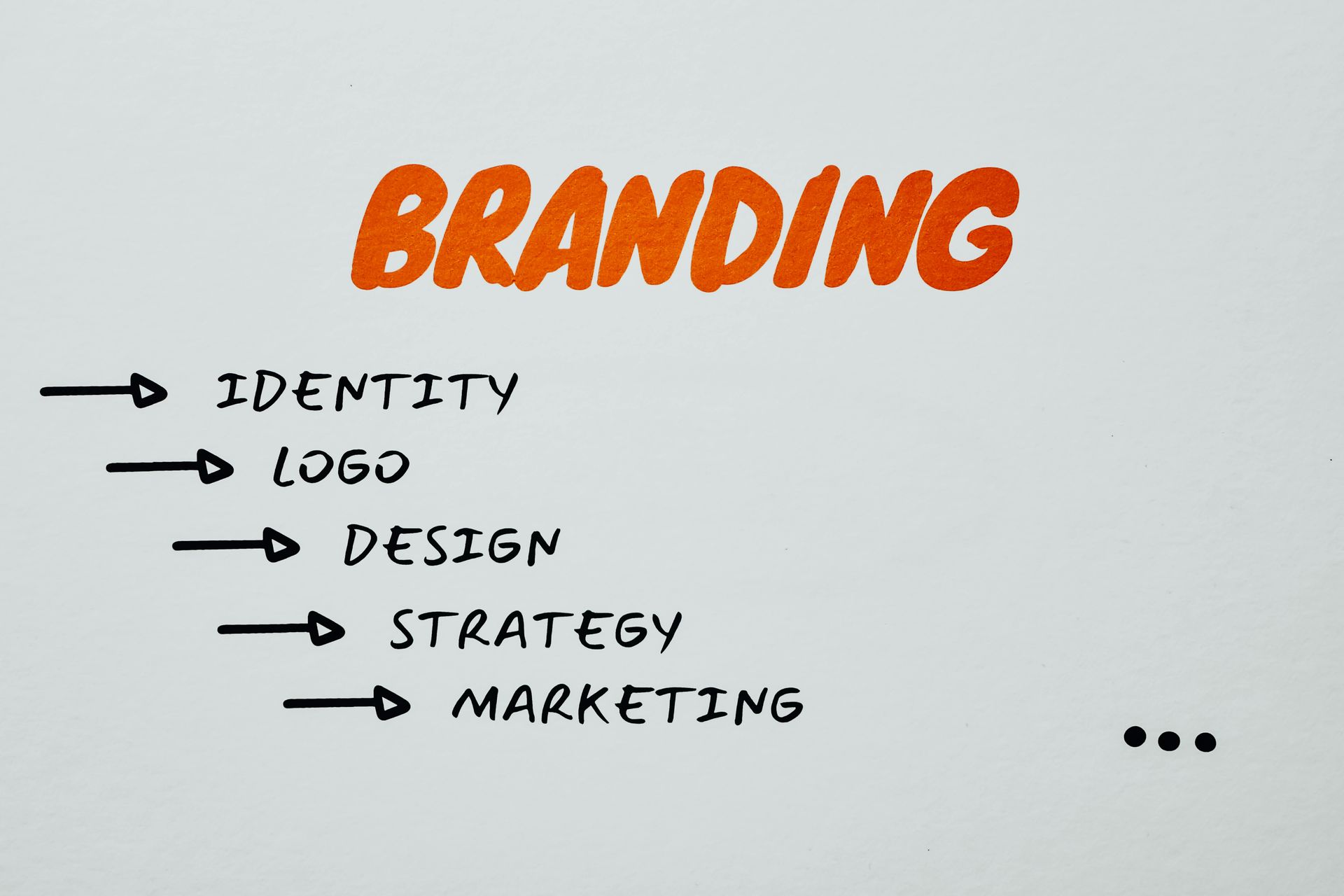Article

your site should attract customers, not repel them.
We’ve all landed on a website that made us click the back button almost immediately. Maybe it loaded slowly, looked outdated, or was just hard to navigate. Annoying, right? Now imagine your customers—or potential donors if you’re a nonprofit—feeling the same way. Every second they spend frustrated on your website is a second they might decide to take their business (or support) elsewhere.
The good news? Many website problems are easy to fix, and doing so can make a huge difference for your small business or nonprofit.
1. Common Website Mistakes That Turn People Away
Even well-intentioned websites can miss the mark. Some of the most common mistakes we see in the Capital District include:
- Outdated design: Fonts, colors, and layouts that feel stuck in 2010
- Confusing navigation: Visitors can’t find your contact info, services, or donation button
- Slow loading pages: Every second counts, and a slow website is a lost customer
2. Mobile-Friendly Isn’t Optional
Over half of all web traffic now comes from mobile devices. If your site isn’t optimized for phones and tablets, people will leave—and search engines will notice. A mobile-friendly site means:
- Responsive design that adapts to any screen
- Easy-to-tap buttons and menus
- Readable text without zooming
3. How User-Friendly Design Builds Trust
A website that’s easy to navigate isn’t just convenient—it communicates professionalism. People are more likely to trust your business or nonprofit when they can:
- Find information quickly
- Understand your services or mission
- Complete actions easily, like signing up for a newsletter or booking an appointment
4. Quick Fixes You Can Implement Today
Not ready for a full website redesign? Start with these small but impactful changes:
- Make sure your contact info is visible on every page
- Use high-quality photos (bonus if they’re local and relatable)
- Streamline your menus to focus on your top services or programs
- Test your site on multiple devices to ensure it looks good everywhere
Conclusion
Your website is often the first impression people have of your business or nonprofit. Investing time and effort into making it fast, user-friendly, and mobile-ready can make a huge difference in engagement and conversions.
Next Steps
If your website could use a refresh—or you just want to make sure it’s working as hard as it can for your business—Gather Communications specializes in helping Capital District businesses and nonprofits create websites that don’t just look good, but actually drive results.
Related Articles
Related Articles



